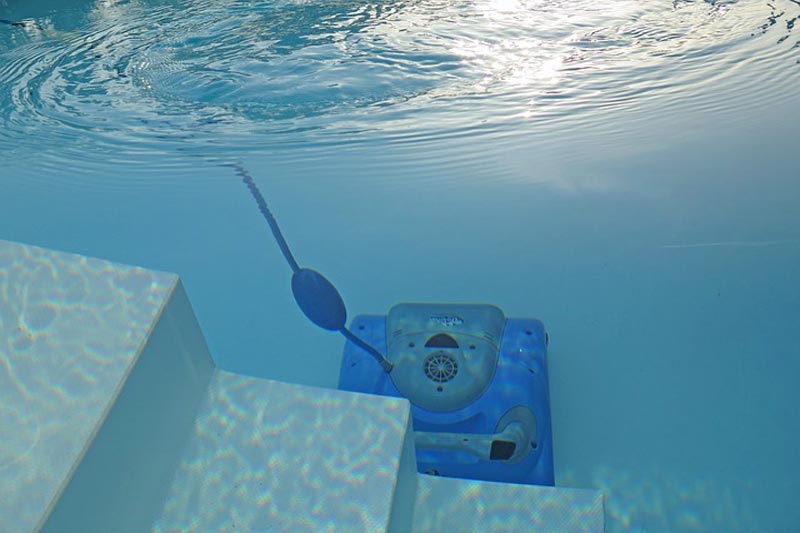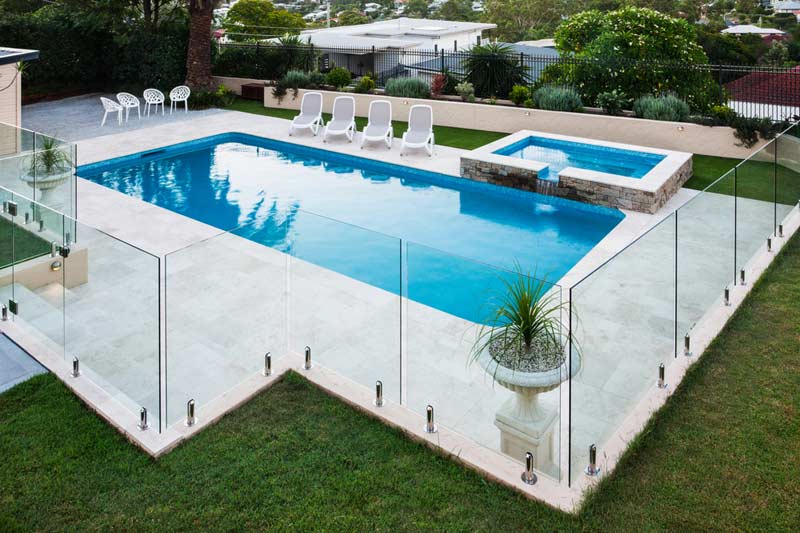If you have a pool, you may have one of those amazing automatic pool cleaners to help take care of it, but how do you care for the cleaner? Without it, you’ll find your work load doubled, so it’s a good idea to keep it well-maintained just like any other piece of machinery to ensure it doesn’t break down.
While cleaners may differ in their maintenance needs depending on the type and model, here are some general tips to help you look after your pool cleaner
- If the cleaner has its own filter bag or basket, make sure it is emptied out frequently.
- If your cleaner is supposed to climb walls and it doesn’t, or if it falls off, you will need to set the AD valve in the skimmer box to the next highest number so the suction is stronger.
- If it starts and stops all the time, it may be due to a leak in the hose. Take the hose out of the water and feel all along it, listening for air being sucked through a hole. Check it for blockages too.
- You can also turn the cleaner off and check the diaphragm for tears or for blockage as this will sometimes cause the device to start and stop.
- If the pool cleaner turns over in the pool use the pool pulse to check the suction flow. Be sure to consult your cleaner instruction manual and get expert advice where necessary.
Patterning is how the cleaner works itself around the pool. It should cover the entire pool area in a distinct pattern to scrub it clean and pick up all the debris. If it doesn’t pattern properly, areas of the pool will not be cleaned. There are several things you can do if this is happening.
- Lay the hose out straight in the warm sun for most of the day to relax its memory.
- Make sure you have the right length and weight of hose.
- The water flow from the inlets must be directed correctly
- You may need to install an Aim Flow Diverter into the inlet of your pool
If the cleaner is not picking up the large debris from the bottom of the pool, you may have purchased the wrong type for your needs. Some cleaners are made only for small debris such as sand, others are made especially for large leaf and twig litter, while the more expensive models can do both.
It’s a good idea to examine the different parts of the cleaner when it is out of the pool to make sure there is no wear and tear such as loose fittings, tears or holes anywhere. Be sure to replace worn part for the best results.


